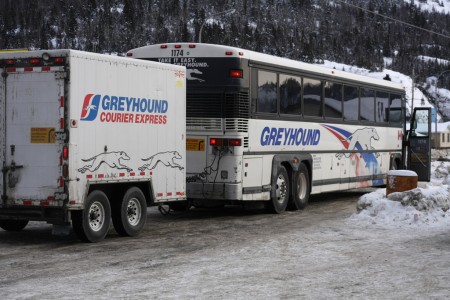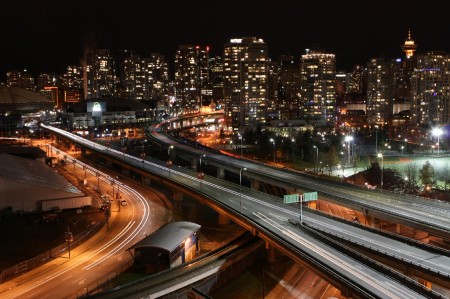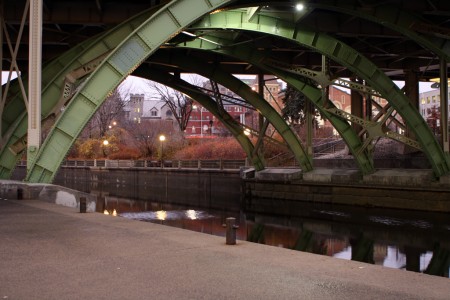I have commented before on the incoherence of how the United Kingdom plans to both cut greenhouse gas emissions and increase airport capacity. The December 8th report from the Committee on Climate Change perpetuates this mis-match, saying that the third runway for Heathrow could be compatible with government emission reduction targets, provided the price of carbon reaches £200 per tonne by 2050.
To me, this view is rather perplexing. Why build a runway, then use taxes to choke off the demand for it? Either your taxes won’t prevent the flights, making it harder to reach your carbon targets, or they will and your investment in the runway and supporting facilities will be a waste. The committee also assumes that aircraft engine efficiency will improve by 0.8-1.5% per year, that biofuels that don’t compete with food crops will emerge, and that high speed rail will displace a lot of short-haul flights in Europe. To take advantage of assumptions about the future to defend a dubious current policy is a practice all too common. Rather than pretending they can have it both ways, the UK should acknowledge that achieving its climate change goals will require reducing incredibly emissions-intensive activities like air travel.
Thankfully, the British Conservative Party – which is likely to take power with the next election – continues to oppose construction of the runway, precisely because it clashes with climate change objectives.



